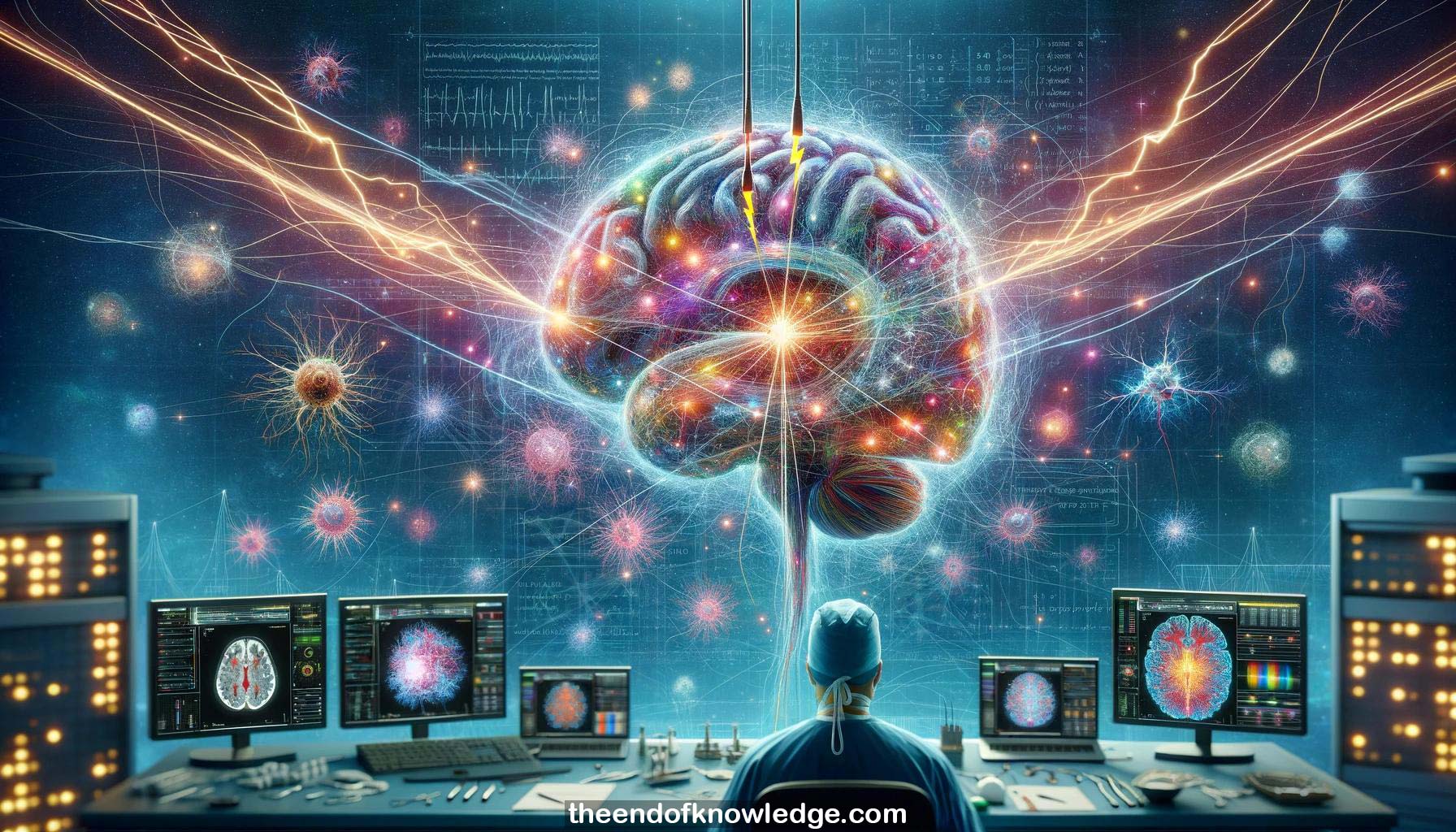 >
>
Concept Graph & Resume using Claude 3 Opus | Chat GPT4 | Llama 3:
Resume:
1.-Christoph Kapeller explains brain stimulation methods for functional mapping, including 50 Hz for behavioral responses and 1 Hz for evoked potentials.
2.-Brain stimulation identifies functions by inhibiting or activating brain regions. Stimulation at 50 Hz can disrupt speech or cause movements.
3.-1 Hz stimulation elicits corticocortical evoked potentials (CCEPs) without behavioral effects, revealing connected networks with lower seizure risk than 50 Hz.
4.-Functional mapping techniques include electrocorticography for observational biomarkers, 50 Hz stimulation for inhibitory mapping, and excitatory methods like motor mapping.
5.-Inhibitory mapping with 50 Hz stimulation is crucial for surgical decision-making to identify eloquent cortex before resection.
6.-Charge density and stimulation parameters must be carefully controlled to avoid tissue damage. Electrode size affects safe current limits.
7.-Cortical stimulation software allows setting stimulation parameters, monitoring impedance, and visualizing responses. Current is gradually increased while observing effects.
8.-Examples demonstrate 50 Hz stimulation disrupting speech during naming tasks and causing transient visual illusions when stimulating specific regions.
9.-Stimulation protocol and patient interaction are complex, requiring systematic mapping and clear explanations from patients about perceived sensations.
10.-Meta-analysis shows cortical stimulation improves gross total resection rates and reduces severe deficits compared to surgeries without mapping.
11.-Seizures can occur in 10% of cases during stimulation mapping, requiring preparedness to abort stimulation and manage seizures.
12.-CCEPs with 1 Hz stimulation show N1 and N2 responses in anatomically connected regions, as demonstrated in language networks.
13.-CCEP mapping uses monophasic alternating polarity to avoid charge buildup and distinguish artifacts from physiological responses.
14.-CCEP responses are recorded and visualized on the cortical surface to identify network connectivity patterns.
15.-CCEP connectivity corresponds well with regions showing task-related high gamma activity, indicating functionally connected networks.
16.-In an epilepsy case study, CCEP mapping identified a transcallosal connection between bilateral frontal epileptogenic zones.
17.-Diffusion tractography, especially multi-tensor methods, can visualize transcallosal fibers corresponding to CCEP connectivity.
18.-Intraoperative CCEP monitoring during callosotomy showed abolishment of contralateral potentials after complete disconnection, confirming removal of seizure propagation pathway.
19.-Combined ECOG, CCEP, and tractography approach in 14 patients resulted in 13 favorable outcomes, with poor outcome when CCEPs persisted.
20.-Automated CCEP mapping with a switching unit enables efficient screening of connectivity between multiple electrode pairs.
21.-Simulink model allows integrated control of cortical stimulator, switching unit, and amplifier for online CCEP processing and visualization.
22.-Future work includes comparing tractography methods for reliable network mapping and investigating white matter stimulation effects.
23.-Tractography techniques need validation against functional measures like CCEPs to establish generalizability across different functional networks and pathologies.
24.-Visual system example shows correspondence between face perception regions, CCEP connectivity, and tractography, supporting network mapping approach.
25.-Establishing reliable tractography methods that explain CCEP and functional mapping results remains an important research goal.
26.-Sensory input mapping with CCEPs and Kalman filter sensor fusion requires further investigation and synchronization with other modalities.
27.-Brain.io hackathon registration is open for projects spanning gaming, programming, data analysis, and artistic domains.
28.-Hackathon teams are formed based on project interests, with Discord facilitating networking and collaboration among participants.
29.-Team registration process involves applying through Brain.io website, with organizers assisting in forming complete teams.
30.-Large number of registrations requires patience and careful management to accommodate project preferences and team formation logistics.
Knowledge Vault built byDavid Vivancos 2024